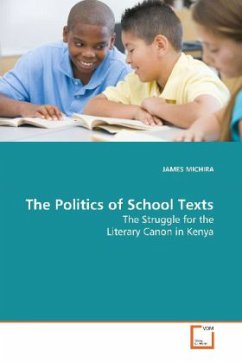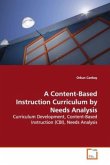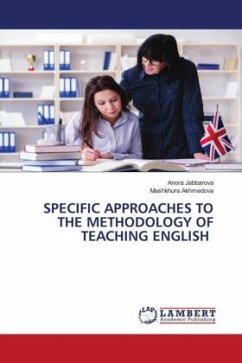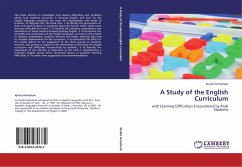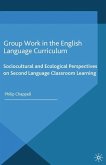The question as to who makes decisions regarding what
is included in the school curriculum and what is not,
is perhaps one of the most fundamental, yet
controversial, questions one can ever pose
particularly in postcolonial Africa. This question
has not been interrogated critically and
systematically with respect to Kenyan public schools.
Indeed, as a country that adopts a national
curriculum, this question becomes even more
pertinent. This book to responds to that question by
methodically investigating the high school literary
canon and the processes of selecting literary texts
included in the syllabi. Relying on primary as well
as secondary sources, the writer argues that the
choice of what texts end up in Kenyan classrooms is a
result of a combination of intense social, political,
ideological and economic interests and
considerations. The author demonstrates how key
players in the education sector in Kenya including
the government, teachers, curriculum experts and
publishers all struggle to determine which literary
texts Kenyan students read (and by extension, do not
read).
is included in the school curriculum and what is not,
is perhaps one of the most fundamental, yet
controversial, questions one can ever pose
particularly in postcolonial Africa. This question
has not been interrogated critically and
systematically with respect to Kenyan public schools.
Indeed, as a country that adopts a national
curriculum, this question becomes even more
pertinent. This book to responds to that question by
methodically investigating the high school literary
canon and the processes of selecting literary texts
included in the syllabi. Relying on primary as well
as secondary sources, the writer argues that the
choice of what texts end up in Kenyan classrooms is a
result of a combination of intense social, political,
ideological and economic interests and
considerations. The author demonstrates how key
players in the education sector in Kenya including
the government, teachers, curriculum experts and
publishers all struggle to determine which literary
texts Kenyan students read (and by extension, do not
read).

